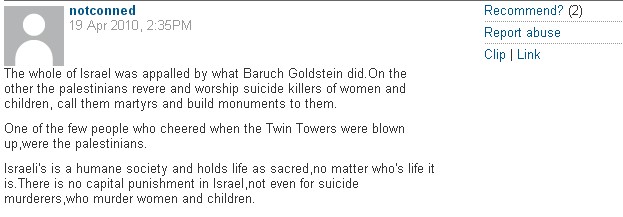1) At the CTC, Phillip Smyth analyses ‘The Path to October 7: How Iran Built Up and Managed a Palestinian ‘Axis of Resistance’’.
“Since October 7, in the wake of the “al-Aqsa Flood” terrorist attacks by Hamas, Palestinian Islamic Jihad (PIJ), and other Palestinian factions from across the ideological spectrum, Iran’s aid to and strategic management of these groups has taken on a new level of relevance. The methods Iran has used to cultivate and maintain influence and control over disparate Palestinian groups follows the same pragmatic carrot-and-stick formula it has used across the Middle East with other proxies, with incentives that include financial aid, weapons, and training.”
2) At WINEP, Ehud Yaari and Matthew Levitt discuss ‘Growing Internal Tensions Between Hamas Leaders’.
“Inside the Strip, Yahya al-Sinwar remains the group’s undisputed leader and retains the loyalty of the tight cluster of military commanders around him. He is fixated on continuing the fight, believing that if Hamas can absorb Israel’s punishing hit without being completely destroyed, it can ultimately declare “divine victory,” much like Hezbollah did in 2006. Yet Hamas leaders in Qatar, Lebanon, and Turkey are already looking toward the day after the war and trying to carve out space for the group in whatever political structure will govern Gaza. Because the resulting tensions echo disagreements that have embroiled the group for years, comparing the past and present fissures is instructive.”
3) MEMRI reports on ‘Growing Criticism Of Hamas And Its Officials By Gaza Residents’.
“As the war in Gaza continues and Hamas’ control of the enclave continues to slip, Gaza residents are growing bolder in expressing overt protest and criticism against Hamas. This criticism is expressed mainly on social media, but sometimes also in coverage by television networks reporting the events in Gaza. Gazan civilians accuse Hamas of pursuing a failing policy, of initiating a “needless” war that has brought only death and destruction upon them, and of stubbornly continuing this war despite the terrible cost in civilian lives.”
4) The Alma Center provides information on ‘Types of weapons used by Hezbollah in the conflict in the northern arena’.
“At least a third of the weapons fired fell into Lebanese territory, endangering the Lebanese population living in southern Lebanon.”
5) The INSS provides analysis of ‘Houthi Terror and the Global Threat to Freedom of Shipping’.
“Since the Hamas terror attack in the Negev on October 7 and the start of the war in Gaza, there have been escalating attacks by the Houthi terror organization, disrupting navigation in the Bab el-Mandeb Strait. The stated aim of the organization, one of the most prominent Iranian proxies, is to harass and damage ships linked directly or indirectly to Israel, in response to Israel’s operations against Hamas in the Gaza Strip. However, most of the Houthi attacks so far have damaged ships that have no link to Israel.”
6) The ITIC reports on ‘Photojournalists in the service of Hamas in the Gaza Strip’.
“Hamas operates affiliated media outlets in the Gaza Strip, along with an array of prominent correspondents whose professional activities are used to convey messages and reports to the residents and others in the Gaza Strip and abroad. Some, such as Hassan Aslih, Ashraf Abu Amra, Anas al-Sharif work independently and others, such as Islam Badr and Hani al-Sha’er work for foreign media outlets as well as for Hamas.”





